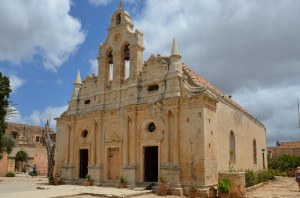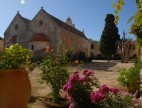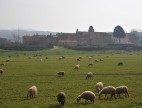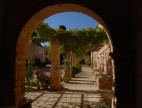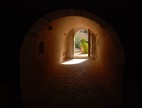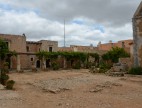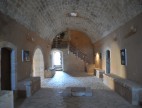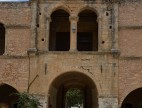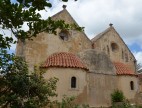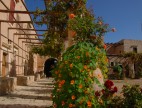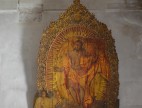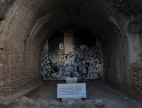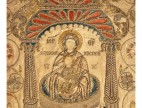Arkadi Monastery
Arkadi Monatery is perhaps the best known monastery on Crete due to the Holocaust of 1866. However, its location and impressive architecture make it all the more special. It is a large fortified complex built during the end of the period of Venetian rule. Apart from the monks’ cells, the central building also includes warehouses, premises for processing agricultural products, as well as stables. The impressive two-aisled church, dedicated to Saint Constantine and Saint Helen and to the Transfiguration of the Saviour, is one of the most important architectural monuments of the Cretan Renaissance; it was completed in 1587 and its facade clearly demonstrates the penetration of western architectural trends in 16th and 17th-century Crete. The history of the monastery begins during the Byzantine Empire. From the 16th century onwards, the monastery was a major intellectual centre. In November 1866, Ottoman armies laid siege to the monastery, where 700 women and children and 260 Cretan warriors had barricaded themselves after the Abbot’s refusal to surrender. After a two-day siege, the women and children and the warriors, led by Constantinos Yiaboudakis, entered the gunpowder magazine, set it on fire and blew it up, leading several Ottomans to their death. This event is considered to be one of the most important in Cretan history and was the reason that Arkadi was designated by UNESCO as a European Freedom Monument.

